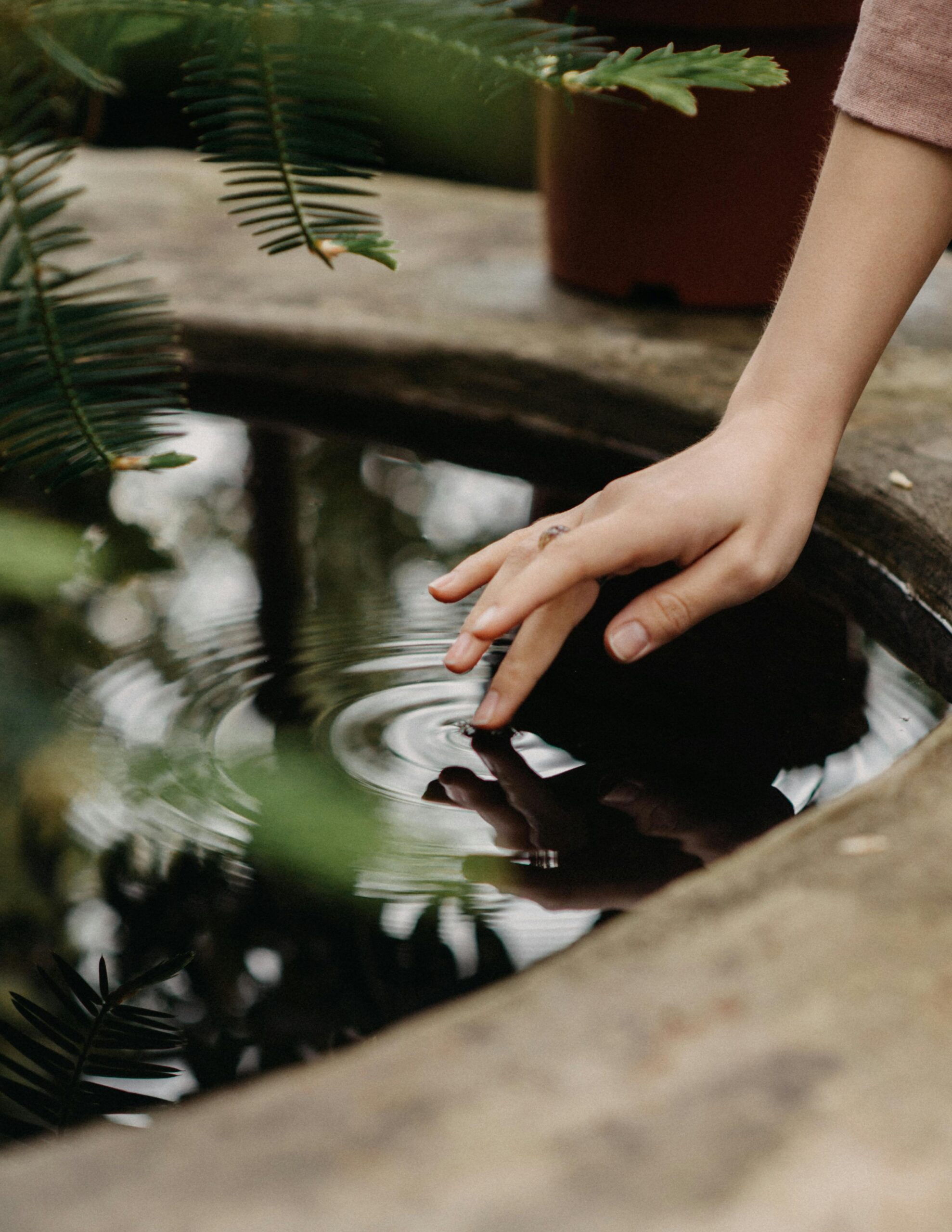The maxim, “Nothing avails but perfection,” may be spelled “Paralysis.”
– Sir Winston Churchill
Human beings are messy—marvelously messy—creatures. We are broken—gracefully
broken—grazing in the pasture of ill-perceived defectiveness. We are darling disasters and
perfect imperfections. In our moments of frightening fragility, we unknowingly paralyze
ourselves with the narcotizing notion that perfection is a righteous requirement.
Why did I stop writing – a passion I have had since I was a young girl – after graduate school for
a long time? Why did I take a long hiatus from creating art, when time always stands still when I
do? Why did I stop getting lost in mystery novels for a while? Why did I isolate myself from
female companionship, with whom I crave emotional connection?
Why?
FEAR.
My writing had to be utterly flawless lest I be outed as an imposter. Creating art was for the
professionals—the ones who graduated with an MFA. I could not let my mind get lost in reading
books for pleasure, while my professional clinical training awaited. If I emotionally exposed
myself to women, I would be labeled ‘less than.’
Fear robs us of creating and connecting. It tells us that we are already not good enough, so we
dare not allow ourselves to engage in our passions. It tells us that we are already not worthy
enough, so we dare not allow our minds a break for creative exploration. It tells us that we are
already unlovable, so we dare not allow ourselves to open our hearts to others. Fear secretly
secretes paralysis in us.
What, then, is the remedy?
How can we learn to graciously give ourselves permission to courageously create and caringly
connect – crucifying that deceit of perfectionism? This takes courage. And courage does not
mean flexing our muscles and being brave. Courage means walking through it amid our fears.
We might mentally tremble as we walk toward our deep desires for innate artistry and emotional
comradery. The battlefield of the mind can be brutal. We can choose to put on a shield of faith
that helps us deflect the flaming darts that accuse us of being not good enough, not worthy
enough, not loveable enough. This spiritual shield of faith shows us that faith is being sure of
what we hope for and certain of what we cannot see.
Spirituality may be scary to some of us. We may be leery about trusting something bigger than
ourselves to guide us gently. How can we trust something else if we do not have faith in
ourselves? But that is just it: if we cannot trust ourselves, isn’t it worth attempting to trust a
Higher Power that can gracefully gift us with that faith? We are sure – deep down – that we hope
for that feeling of wholeness, where creativity and connection beautifully bind us. But how can
we be certain that wholeness is possible, that we can abandon perfection and break free from
paralysis? What if we told ourselves a new story?
This could be a new story about how our Higher Power could be a God who created us to create.
What if we are co-creators with God? What if we chose to courageously crack open that lie that
some of us might have learned in childhood that God was a God of fire and brimstone? What if –
just maybe – even amid our doubt, we stepped out in that blind faith to trust God to whisper the
truth about ourselves? God whispers that we are born to beautify this earth and bond with other
human beings, who can sing truth into our souls that we are good enough, worthy enough, and
loveable enough. Our minds want to whisper lies that combat this truth, which keeps us in
bondage to that paralysis due to piercing perfectionism.
Let us break free of this, shall we? Let us risk the fear of not getting it perfect. The fear that we
must create a masterpiece of art that will soon be revered in the Smithsonian. The fear that we
better not enjoy our pleasures when, all the while, our duties await. The fear of being ostracized
if we express our raw emotions. We do not have to stop being leery of attempting to trust in a
God who desires us to seek the secret desires of our creativity and connection. Let’s do it afraid.
